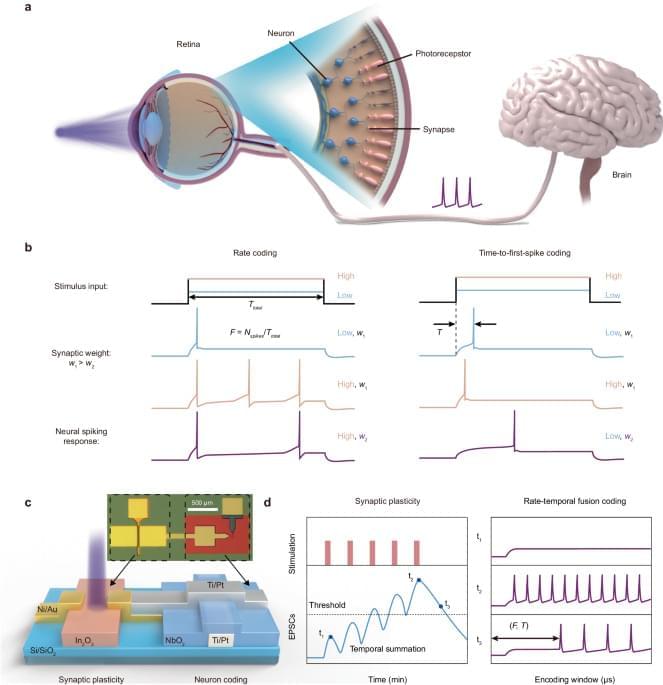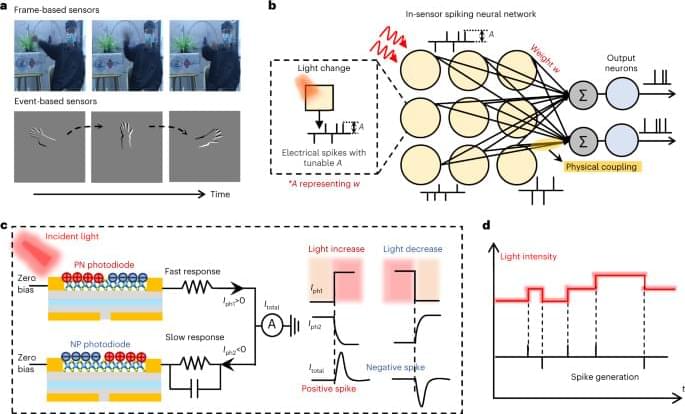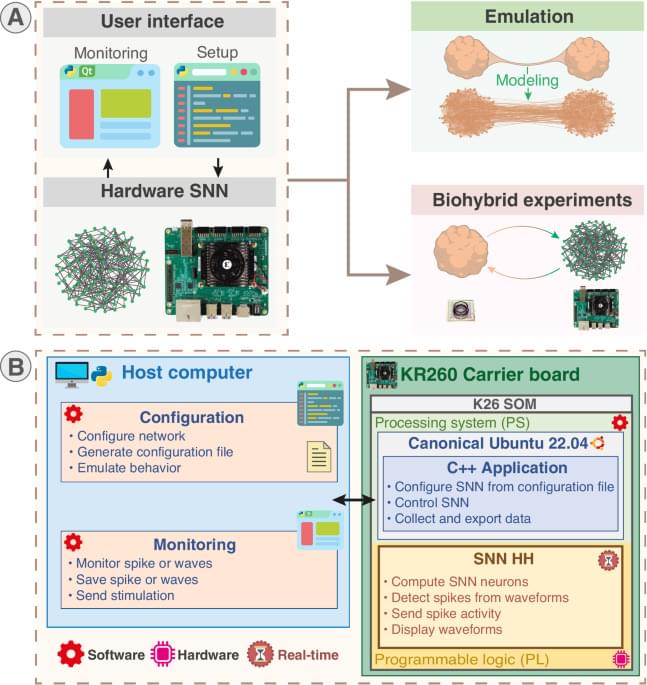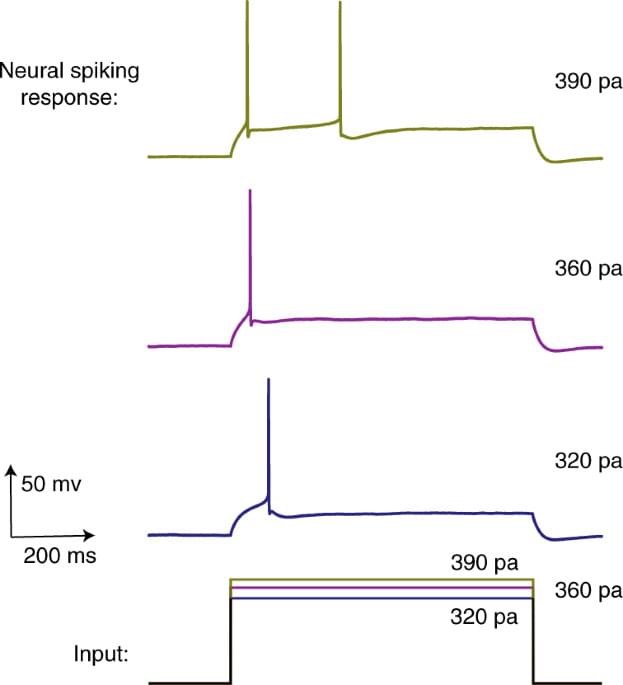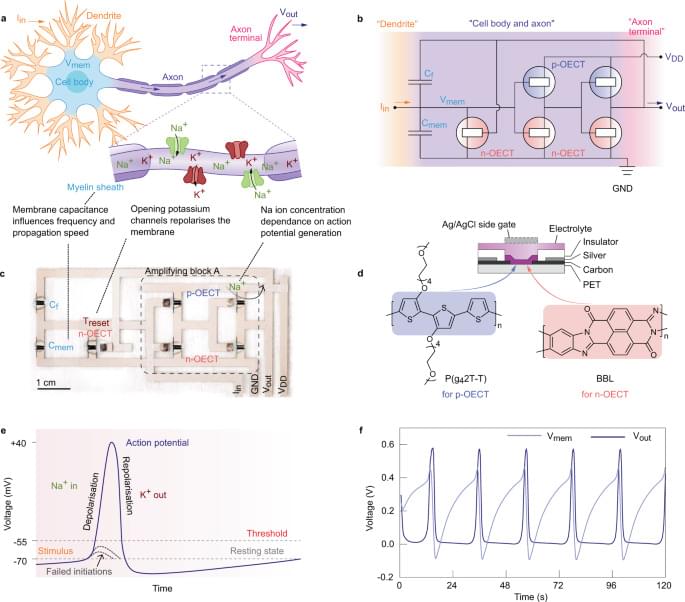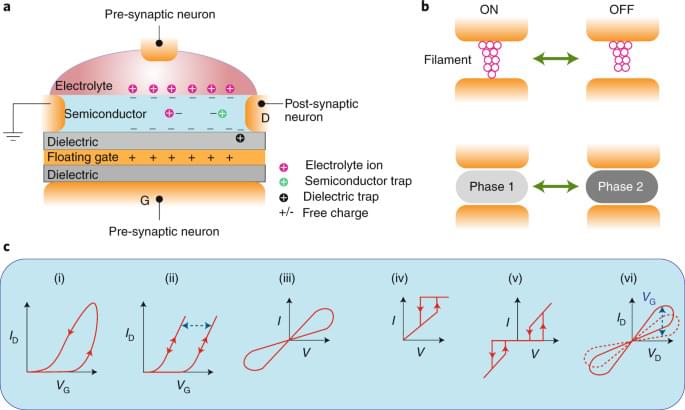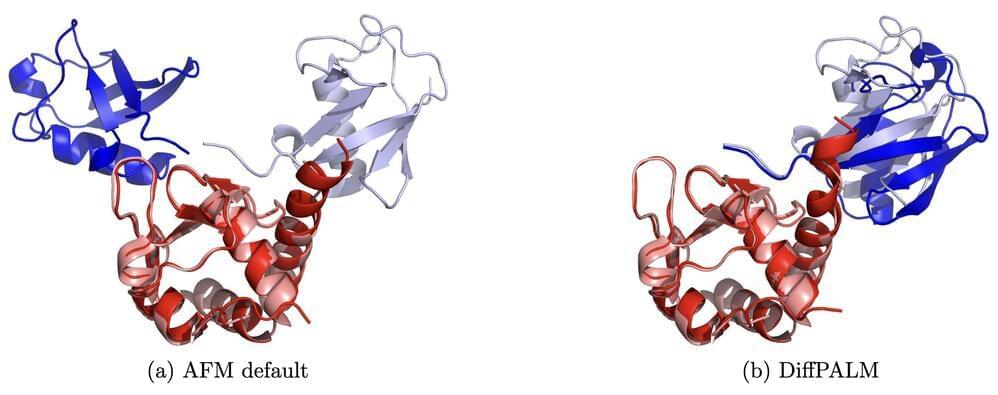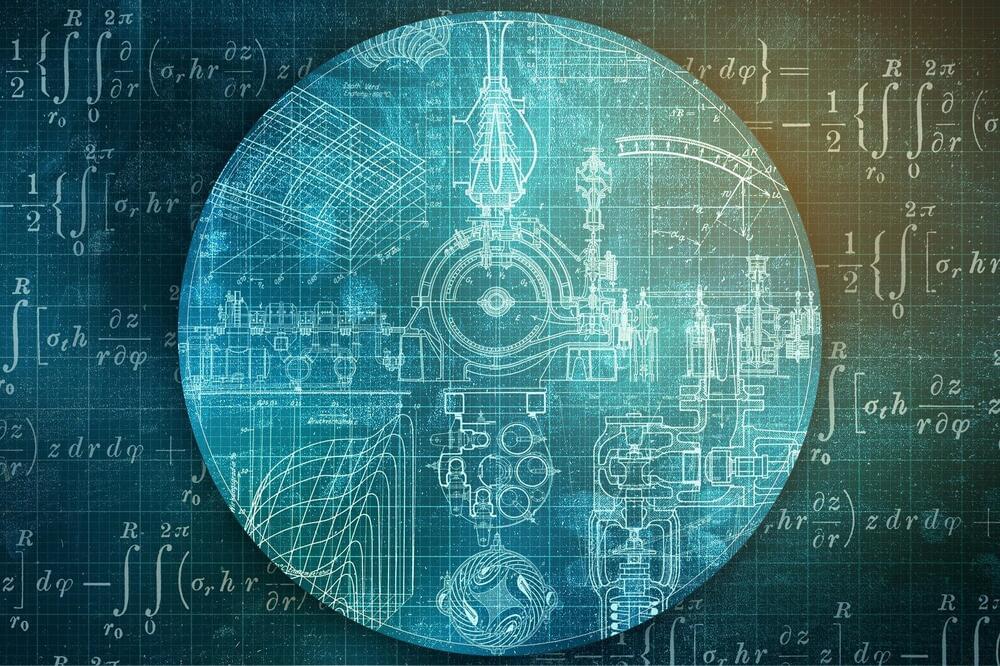Jun 25, 2024
Catalyzing next-generation Artificial Intelligence through NeuroAI
Posted by Dan Breeden in categories: neuroscience, robotics/AI
One of the ambitions of computational neuroscience is that we will continue to make improvements in the field of artificial intelligence that will be informed by advances in our understanding of how the brains of various species evolved to process information. To that end, here the authors propose an expanded version of the Turing test that involves embodied sensorimotor interactions with the world as a new framework for accelerating progress in artificial intelligence.

